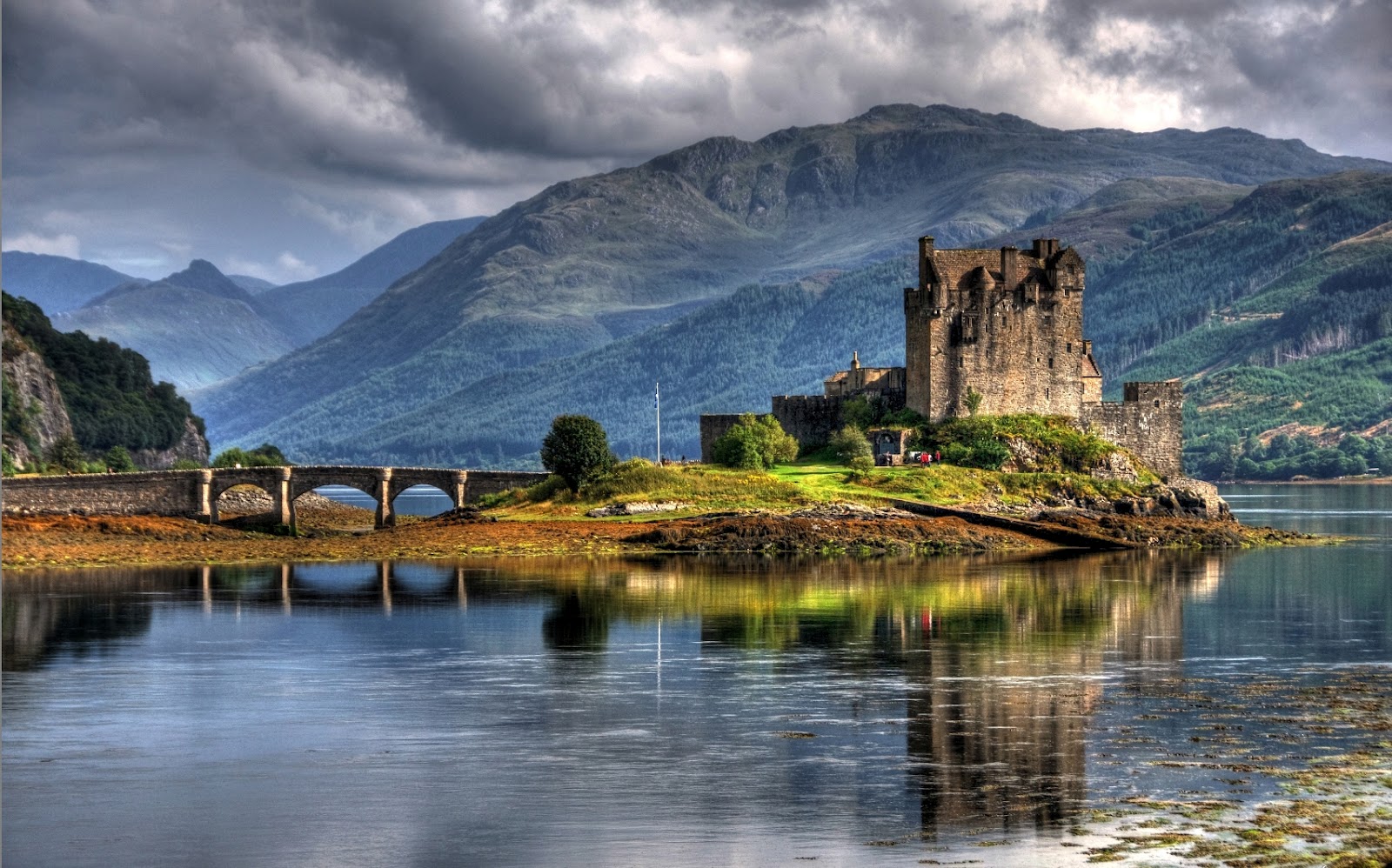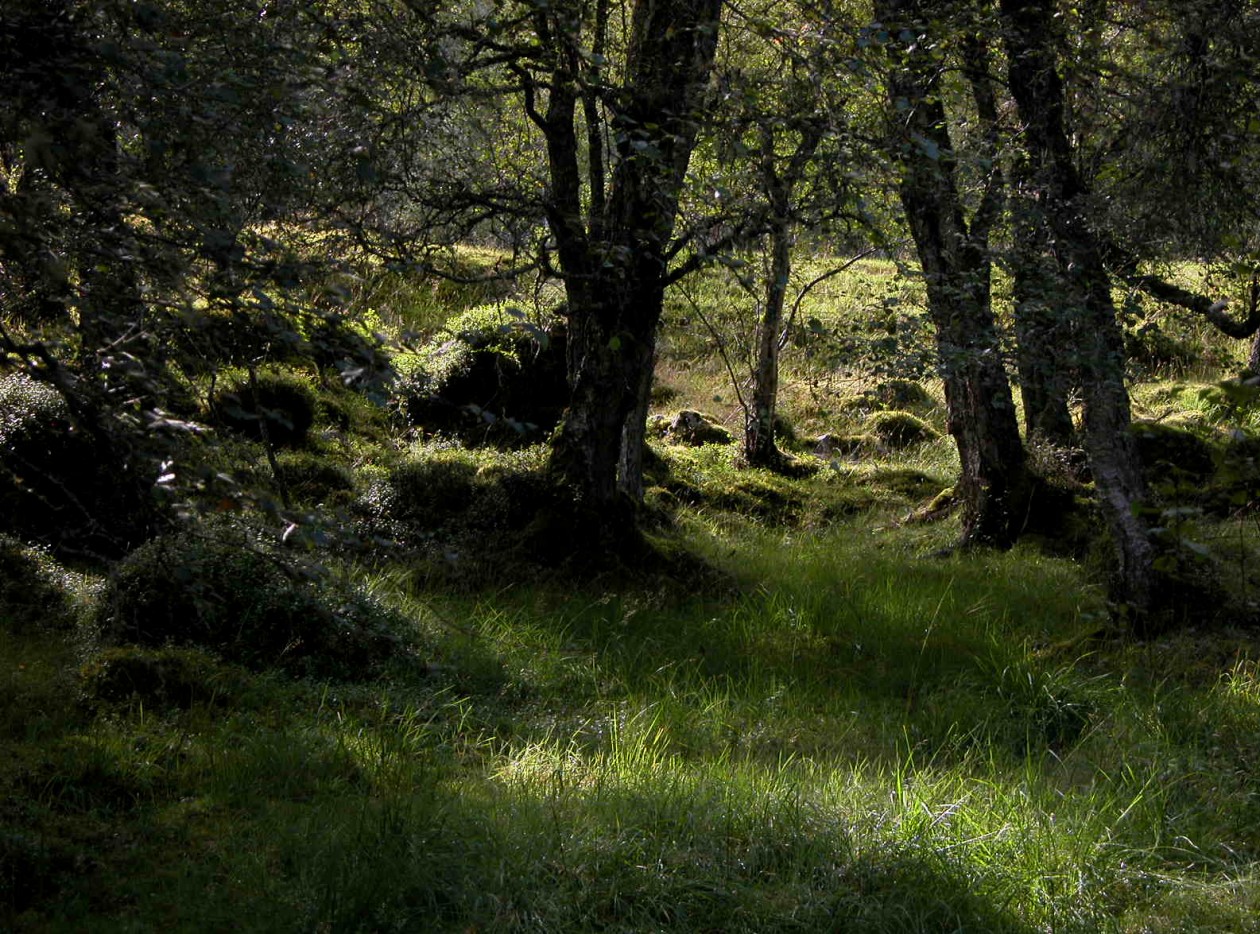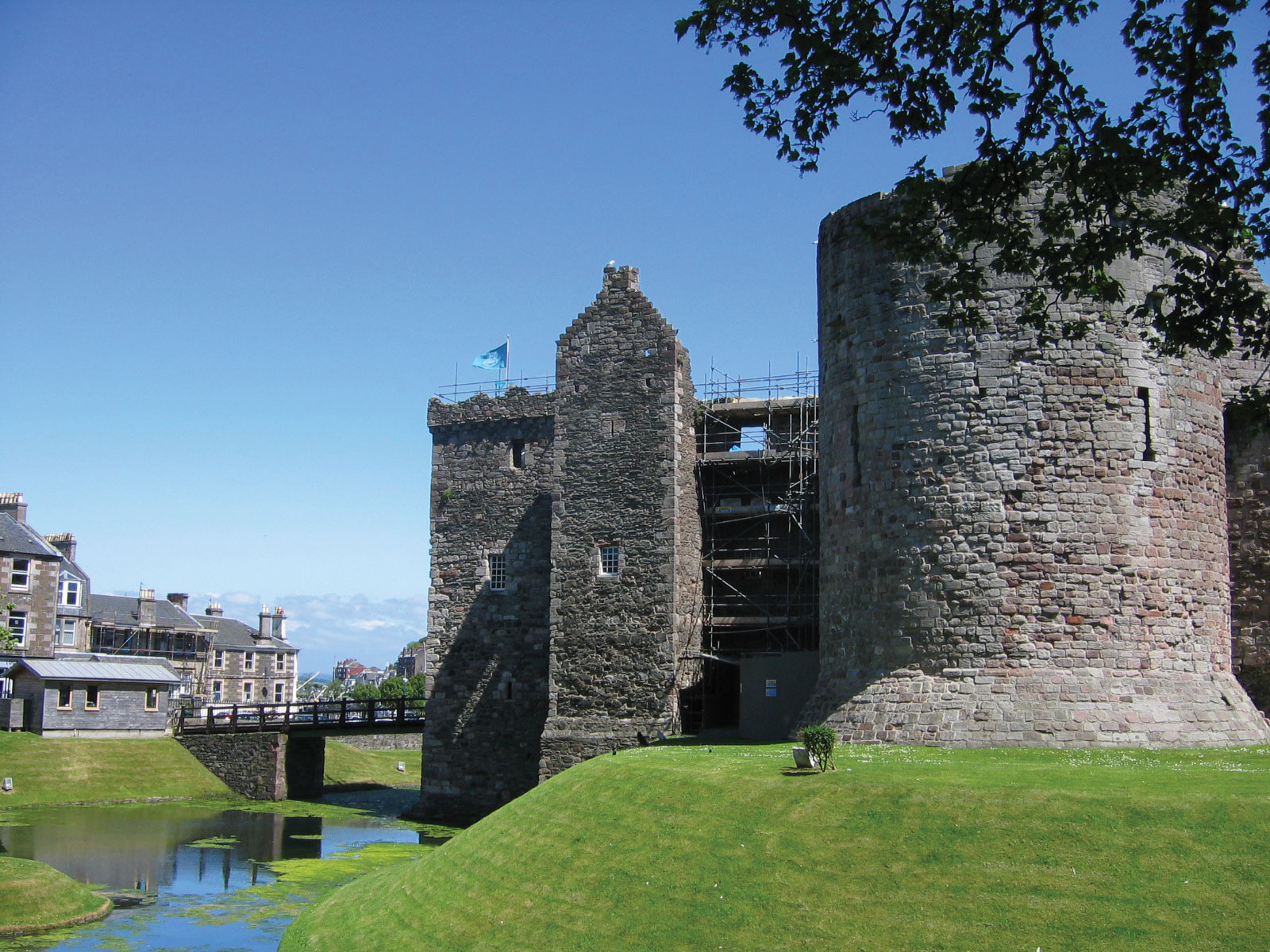




Name: Hugh MacLean (aka Hew and Heugh McLean), son of Alexander MacLean and Mary Campbell
Born: 1699 in Tyree, Argyll, Scotland.
Note: found no death records for anyone in Rothsay, Bute Scotland FHL film. Scotland, Select Births and Baptisms, 1564-1950 about Hugh Mclean Name: Hugh Mclean Gender: Male Baptism Date: 16 Apr 1699 Baptism Place: , Tyree, Argyll, Scotland Father: Alexander Mclean Mother: Mary Mclean FHL Film Number: 304660 Reference ID: – 2:15D235F
Christened: 16 April 1699 in Tyree, Argyll, Scotland.
Married: Margaret Campbell on 8 February 1724 in Barr by Girvan, Ayrshire, Scotland.
Margaret was born 1701 in Kirkcaldy, Fife, Scotland, daughter of Alexander Campbell and Isobell Hutson.
She was christened 9 April 1701 in Kirkcaldy, Fife, Scotland.
They had one daughter, that I have records for, Catharine MacLean, my 5th. great maternal grandmother.
8 February 1724
Heugh McLinch, “Scotland Marriages, 1561-1910”
“Scotland Marriages, 1561-1910”, database, FamilySearch (https://familysearch.org/ark:/61903/1:1:XTKR-18Z : 11 February 2020), Heugh McLinch, 1724.
They emigrated from Scotland in 1740 to New York. Hugh and Margaret (Campbell) MacLean both died in New York. Hugh and Margaret appeared in the 1790 U.S. Census for Champlain, Clinton, New York, USA.

Boat on Lake Champlain, Clinton, New York, USA
Hugh died after 1790 Census in Champlain, Clinton, New York, USA, and Margaret died after the 1800 U.S. Census. Hugh was not listed in the 1800 Census but Margaret (Campbell) MacLean was.

Forest in Scotland

Scotland
Scotland, Select Births and Baptisms, 1564-1950 about Hugh Mclean
Name: Hugh Mclean
Gender: Male
Baptism Date: 16 Apr 1699
Baptism Place: , Tyree, Argyll, Scotland
Father: Alexander Mclean
Mother: Mary Mclean
FHL Film Number: 304660
Reference ID: – 2:15D235FBirths & Baptisms
You searched for: Surname: “McLean”; Surname Option: Fuzzy; Forename: “Hugh”; Forename Option: Traditional Soundex; Sex: “Any”; Date From: 01 January 1690; Date To: 31 December 1700; County: ARGYLL;
Data Image Extract
1 16/04/1699 MCLEAN HUGH ALEXANDER MCLEAN/MARY MCLEAN FRCH2V1P92 M TYREE – CHURCH RECORDS /ARGYLL 551/0C 0010 0000Duart Castle
From Wikipedia, the free encyclopedia
Duart Castle, Isle of Mull
Duart Castle
Clan Maclean \ M aclaine e
Branc hes Maclean of Duart · Maclean of Coll · Maclean of ArdgourLands Ardgour · Coll · CastlesDuart Castle · Glensanda Castle SeptsBeath · Beaton · Black · Garvie · Lean · MacBeath · MacBheath · Mac Beth · MacEachan · Macilduy · MacLaine · McLean · MacLergain · Maclergan · MacRankin · MacVeagh · MacVey · RankinDuart Castle or Caisteal Dhubhairt in Scottish Gaelic is a castle on the Isle of Mull, off the west coast of Scotland, within the council area of Argyll and Bute. The castle dates back to the 13th century and was the seat of Clan MacLean.
History
In 1350 Lachlan Lubanach Maclean of Duart, the 5th Clan Chief, married Mary, daughter of the John of Islay, Lord of the Isles and she was given Duart as her dowry.
In 1647, Duart Castle was attacked and laid siege to by the Argyll government troops of Clan Campbell, but they were defeated and driven off by the Royalist troops of Clan MacLean.
In September 1653, a Cromwellian task force of six ships anchored off the castle, but the MacLeans had already fled to Tiree. A storm blew up on the 13 September and three ships were lost, including HMS Swan.
In 1678, Archibald Campbell, 9th Earl of Argyll, son of the Marquess of Argyll, successfully invaded the Clan MacLean lands on the Isle of Mull and Sir John MacLean, 4th Baronet fled the castle and withdrew to Cairnbulg Castle, and afterward to Kintail under the protection of the Earl of Seaforth.
In 1691, Duart Castle was surrendered by Sir John MacLean, 4th Baronet to Argyll. The Campbell clan kept a garrison there, but soon after the that defeat, the Campbells also demolished the stone house of Torloisk, and after loading the furnishings, the door and window sills, joists and slates from the house aboard a galley, they carried away their loot. The stones from the walls they scattered over the moor. Donald MacLean, 5th Laird of Torloisk used some of the stones to build a cottage for his family close to the site of the castle . In 1751, the castle was abandoned.
Descendants of Archibald Campbell, 1st Duke of Argyll sold the castle in 1801, to MacQuarrie, who in turn parted with it to Campbell of Possil, (who kept it as a ruin within the grounds of his own estate to the north, Torosay Castle), who later on sold the Torosay Estate to A. C. Guthrie in 1865, and on September 11, 1911, the ruin was separated from the rest of the Torosay Estate and was bought by Sir Fitzroy Donald MacLean, the 26th Chief of the Clan MacLean and restored.
Trivia: The castle was used as a location in the 1999 film Entrapment, starring Sean Connery (who has MacLean ancestry on his mother’s side) and Catherine Zeta-Jones. The castle also features prominently in the 1971 film When Eight Bells Toll, starring Anthony Hopkins. It is also the setting for the base of Buffy Summers in the first half of Buffy the Vampire Slayer Season Eight.
References: “MacLean”. Electric Scotland. http://www.electricscotland.com/webclans/m/maclean2.html. Retrieved 2007-08-26. “The castle dates from the thirteenth century, and was repaired and enlarged by Hector Mor MacLean, who was Lord of Duart from 1523 till 1568. In 1691, it was besieged by Argyll, and Sir John MacLean, the chief of that time, was forced to surrender it. After that date, though occasionally occupied by troops, the stronghold gradually fell to ruins, and the Duart properties passed to other hands till Sir Fitzroy repurchased Duart itself in 1912.”Duart Castle”. Duart Castle. http://www.duartcastle.com/castle/castle_briefhistory.html. Retrieved 2009-03-06.
“In 1350, Lachlan Lubanach, the 5th Chief, married Mary MacDonald, the daughter of the Lord of the Isles and she was given Duart as her dowry.”
MacLean, John Patterson (1889). A History of the Clan MacLean from Its First Settlement at Duard Castle, in the Isle of Mull, to the Present Period: Including a Genealogical Account of Some of the Principal Families Together with Their Heraldry, Legends, Superstitions, Etc.. R. Clarke & Company. http://books.google.com/books?id=tQs2AAAAMAAJ&pg=PA224&dq=%22Laird+of+Brolas%22&ei=b4ikS aD5JJHIM5uWrb8B.“The MacLeans, not yet recovered from the disastrous effects of the battle of Inverkeithing, were upon this occasion illy prepared to resist the invasion of such a force. The Campbells landed in Mull in three different places, without opposition, the inhabitants contenting themselves with removing into the mountains and fastnesses of the island for protection, with their cattle. The young chief, to shield him from personal harm, was sent to the castle of Cairnbulg, and afterward to Kintail under the care of the Earl of Seaforth.”
Fryer, Mary Beacock, Allan Maclean, Jacobite General: The life of an eighteenth century career soldier, Dundurn Press, Toronto, 1987, p.16
“Sir Fitzroy MacLean”. The Times. November 23, 1936. http://www.hussards-photos.com/UK/UK_Yeomanry_WestKent_CPA1.htm. Retrieved 2009-03-06.
“Sir Fitzroy Donald MacLean, Bt., who died yesterday at Duart Castle, Isle of Mull, at the age of 101, Chief of his Clan and a Crimean veteran, was one of the best known of the “grand old men” of Scotland. When a boy in his early teens he was taken by his father to see the ruins of Duart Castle, burnt to the ground two centuries before, and then made a vow to restore it to its former glory. The vow was redeemed in 1912, when the yellow banner of the Chief of the Clan once more floated over the castle walls amid the rejoicings of the chieftains and clansmen from all parts of the world. …”MacLean, John Patterson (1912). Renaissance of the clan MacLean. http://books.google.com/books?id=7881AAAAMAAJ&pg=PA46&lpg=PA45&ots=5DdotsKzOG&dq=%22
Sir+John+Maclean%22&output=text#c_top. “… who in turn parted with it to Campbell of Possil, who later on sold it to A. C. Guthrie in 1865, and on September 11, 1911, it was sold to the present chief of MacLean, the official announcement having been made by MacIlleathan, himself, before the annual meeting of the Clan MacLean Association, held in Glasgow, on the evening of October 25, 1911. But the public journals had taken it up before, and the news rapidly spread to every place where the English language was spoken. Letters of warm-hearted congratulations were sent to the Chief from all quarters, and the event awakened a responsive enthusiasm in the hearts of the clansmen.”
death and second marriage info, Ancestry.com
The name MacLean is derived from the Gaelic “mac gille Eoin” – son of the servant of John. The spelling “MacLaine” is perhaps a better guide to how it should be pronounced. In its early days, the clan was known as Clan Gillean (which gave rise to the surname Gilzean, more often found in the Lowlands). “Gillean of the Battleaxe” is said to be the founder of the clan and he fought at the Battle of Largs against the Vikings in 1263.
His great-great-grandson settled in Mull and in 1390, Donald, Lord of the Isles gave land to his two brothers-in-law, thus starting the two main branches of the clan – MacLean of Duart and MacLaine of Lochbuie (both on the island of Mull where the name is still frequently found). The clan extended its influence to other Hebridean islands such as Tiree and Islay and onto the mainland.
“Red Hector of the Battles” from Duart fought for the MacDonald Lord of the Isles at the Battle of Harlaw in 1411 and Lachlan of Duart was killed at the Battle of Flodden. Sir Lachlan MacLean was made a Baronet of Nova Scotia in 1631 and he brought his clan to support the Marquis of Montrose campaign on behalf of King Charles I. The clan was often in conflict with the Campbells and in 1679 the Campbells gained possession of Duart when the MacLeans fell into debt. The MacLeans rose in support of the Jacobite Uprising in both 1715 and 1745 – the clan chief was killed at the Battle of Culloden. Castle Duart, the traditional home of the MacLeans, fell into ruins but was restored early in the 20th century by Sir Fitzroy Donald MacLean and is once again the seat of the clan chief.
Igi Lists the children. source: SharonMcLean1, 25 July 2019



